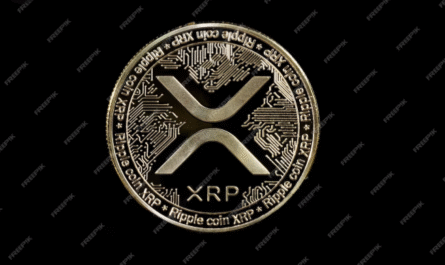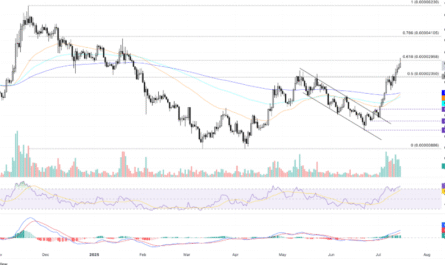In today’s interconnected global markets, three powerful economic forces—oil prices, inflation, and Bitcoin—have become increasingly entangled in a trade that’s capturing the attention of investors, economists, and governments alike. What used to be loosely correlated economic indicators are now moving in tighter synchrony, signaling a new era of market dynamics where energy, fiat currency, and digital assets share a surprisingly close dance.
🔄 The Chain Reaction: Oil → Inflation → Bitcoin
1. Oil Prices Drive Inflation
Oil remains the lifeblood of the global economy. From transportation and logistics to manufacturing and agriculture, a spike in oil prices directly raises the cost of goods and services. This surge passes through supply chains and ultimately hits consumers’ wallets, pushing headline inflation higher.
In 2024–2025, geopolitical tensions and production cuts by OPEC+ have caused volatile oil prices, keeping inflation on edge worldwide—especially in import-heavy nations.
2. Inflation Fuels Bitcoin Demand
As inflation rises, the purchasing power of fiat currencies drops, prompting investors to seek alternative stores of value. Enter Bitcoin.
Touted as “digital gold,” Bitcoin often sees increased demand during inflationary periods, as it offers a finite supply (21 million coins) and decentralization that traditional fiat lacks. During inflationary cycles, especially in emerging markets or during central bank easing, Bitcoin can act as a hedge—or at least a speculative safe haven.
3. Bitcoin Mirrors Oil and Macro Trends
In 2025, we’ve seen Bitcoin increasingly mirror the macroeconomic environment. When oil surges and inflation fears spike, Bitcoin often rallies. But when inflation cools or oil crashes, risk-off sentiment drags Bitcoin lower. Traders now watch crude oil prices not just for energy stocks, but also as a sentiment indicator for crypto.
📊 The New “Macro-Trade”
Hedge funds, institutions, and algorithmic traders are treating oil, inflation data (like CPI), and Bitcoin as parts of a single macro trade:
- Long oil, long Bitcoin when inflation is expected to rise.
- Short Bitcoin, rotate into bonds or USD when inflation is expected to fall or recession risk increases.
This strategy reflects how traditional and digital markets are no longer isolated—they are reacting to the same macroeconomic signals.
💡 Why It Matters
- For Investors: Understanding this triangle helps you better time your Bitcoin entries and exits. Watch oil trends and CPI reports closely.
- For Economists: Bitcoin may now serve as a real-time inflation sentiment gauge, especially among younger or tech-savvy investors.
- For Policymakers: As Bitcoin becomes more integrated into inflation-driven cycles, its role in monetary policy discourse could grow.
🔮 What to Watch Next
- Oil Volatility: Any Middle East tension or OPEC+ decision could be a leading signal.
- Inflation Reports (CPI, PPI): Monthly updates now influence both the bond and crypto markets.
- Bitcoin Price Action: Watch how BTC reacts to macro news—it’s no longer just about tech or adoption.
📌 Final Thought
We are witnessing the rise of a new kind of macroeconomic trade—where black gold, digital gold, and the cost of living are tightly interwoven. In 2025 and beyond, understanding this dynamic could offer a strategic edge in a volatile financial world.




Good work
thanks sir